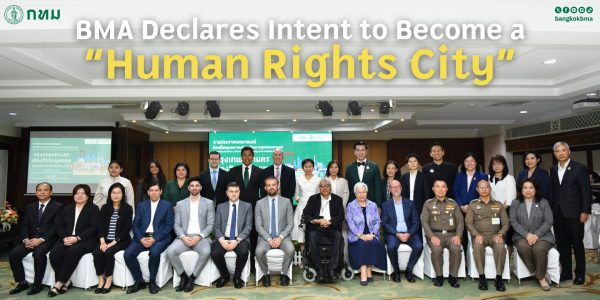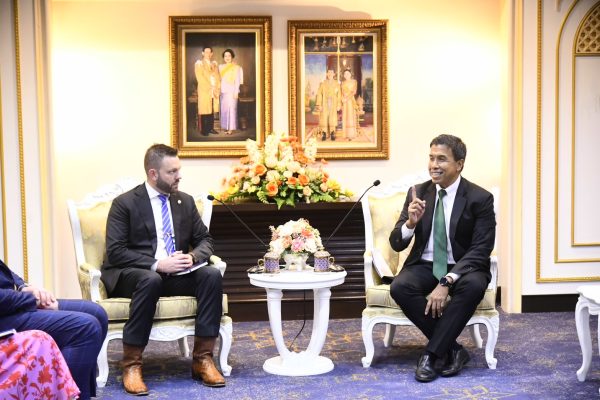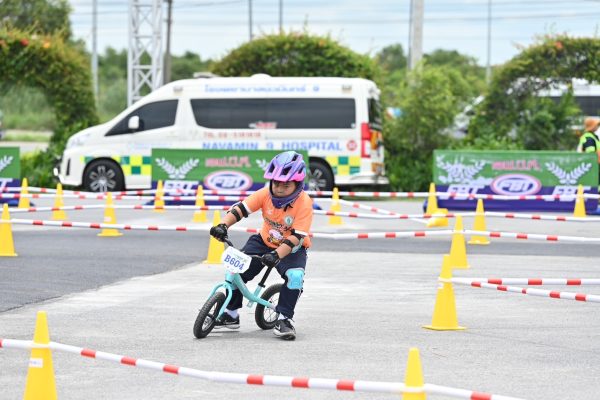Drama engulfed the Chao Phraya River on Monday as rescue officials rushed to the scene of a “serious accident”.

However, the accident was only part of the Bangkok Metropolitan Administration (BMA)’s annual drill to ensure travel safety for locals and tourists.
The drill staged a scenario where a Chao Phraya Express Boat had collided with a pontoon at Yodpiman River Walk pier. The rescue rehearsal saw 68 “victims” given emergency treatment by personnel from the Bangkok Emergency Medical Centre (Erawan Centre) before being taken to hospital.
The drill also tested the efficiency of the city’s Incident Command System (ICS) in planning responses to emergencies, while evaluating the efficiency of rescue operations to improve officials’ preparedness in the future.
Practices adopted in emergencies are crucial to ensuring public safety while also restoring public services quickly, said BMA deputy governor Tavida Kamolvej, who supervised the drill.
“We hold the drill every year to familiarise our personnel with protocols during emergencies, and the steps needed to coordinate with other agencies,” she said. “The drill also allows BMA officials to exchange knowledge and experience with other agencies to improve efficiency.”
Tavida thanked the Erawan Centre and partners who took part, adding that the city welcomed input from participants to address any areas still lacking, and to make the drill more realistic next year.
Learning from mistakes; nighttime drill planned
Tavida told the press that to replicate real-life emergencies, rescuers during Monday’s drill were unaware of the number of “victims”. This forced officials to communicate with each other to obtain the detailed information needed for an effective rescue plan.
“Today we learned that life jackets are crucial to passengers’ survival, and all boats should therefore have them,” she said. “Rescuers also learned how to cope with strong river currents, using extra caution to prevent rescue boats from sinking.”
Tavida added that problems experienced during the drill included crowding at the pier, which could cause confusion over the number of rescuers deployed on the river.
Officials also needed to improve their communication channels to aid foreign tourists, especially regarding passenger lists.
Medics were also cautioned that victims who had been underwater but had recovered consciousness (“Blue” category) needed further examination.
The city is looking to add a nighttime session to next year’s drill, as rescue missions in the dark pose special challenges. People travelling on the river at night also include partygoers and drinkers who may be less safety conscious, as well as children and seniors on family vacations.
“Nighttime drills will need close supervision from various agencies, including the Marine Department. We might need to start at a smaller scale to gradually increase the skills of our personnel,” she added.




